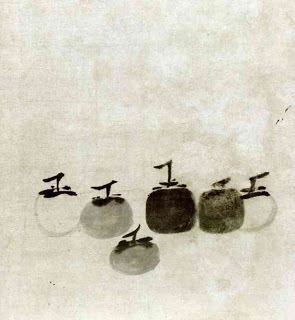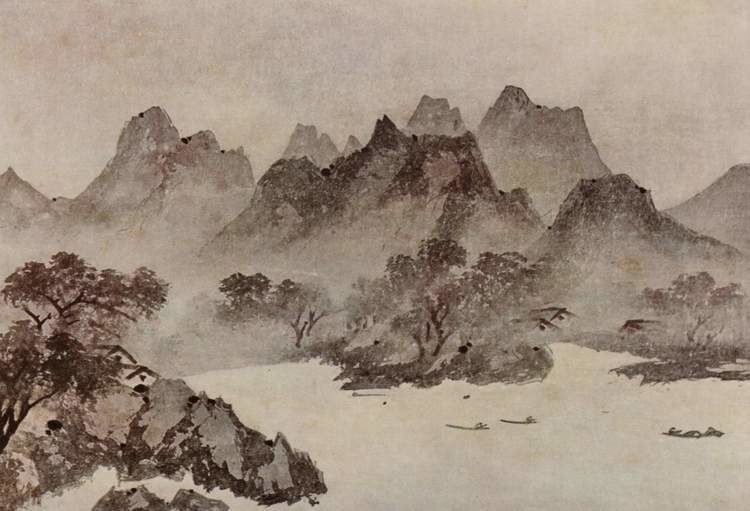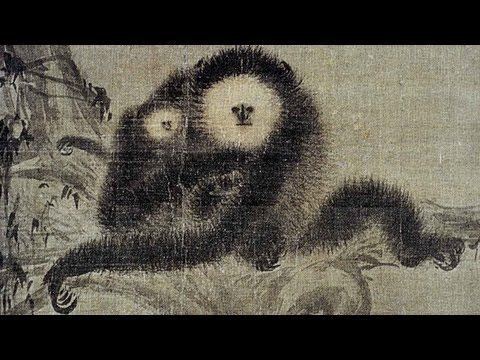Name Muqi Fachang Role Painter | Died 1269 | |
 | ||
Muqi Fachang or Muxi Fachang (1210?-1269?) (Chinese: 牧溪法常; pinyin: Mu-ch'i Fa-ch'ang; Japanese: 牧谿 Mokkei) was a Chinese Zen Buddhist monk and painter who lived in the 13th century, around the end of the Southern Song dynasty. His surname is thought to be Xue; Muqi/Muxi was a hao or pseudonym, and Fachang a monastic name.

Biography

Muqi was perhaps from the city of Kaifeng in Henan Province or possibly Sichuan. A painting bears the inscription "monk from Shu (Sichuan)." He originally studied at the Wannian Monastery on Mount Wutai. Muqi was doubtless drawn to the beauty of West Lake in Hangzhou and refounded the abandoned monastery Liutong Temple there in 1215. He is said to have been the disciple of his abbot Wuzhun Shifan (1178–1269) and the painter Liang Kai. His works are considered among the most expressive of the Chán (aka Zen) style of painting.

Important works generally attributed to Mu Qi: presently in the Daitoku-ji in Kyoto are a triptych of Guan Yin flanked by a monkey family on one side and a crane on the other; Tiger; Dragon; and the much-reproduced Six Persimmons. Other works sometimes attributed to Mu Qi or as being "in the style of Mu Qi" include various nature studies and a Luohan painting in the Seikado Museum.

The monastery would have its place in the subsequent golden age of Chinese monochrome ink painting inspired by Chan (Zen) Buddhism. Muqi's masterpiece was the White-robed Guanyin (Japanese: 観音猿鶴図) preserved in the Daitokuji temple in Kyoto, Japan. This painting and others were to have a profound influence on the subsequent development of ink painting in Japan itself.

Muqi's artwork covered a wide range of subjects, including portraits, landscapes, and still lifes. The aesthetic ideals of Muqi and other Zen Buddhist artists were overshadowed by the emerging literati ideals of painting. Yet even in the Yuan and early Ming period his works were copied as evidenced by the c. 14th century copy of the "White Robed Guanyin", now preserved at the Daitoku-ji in Kyoto, Japan.

Liutong Temple was destroyed during the Cultural Revolution.

